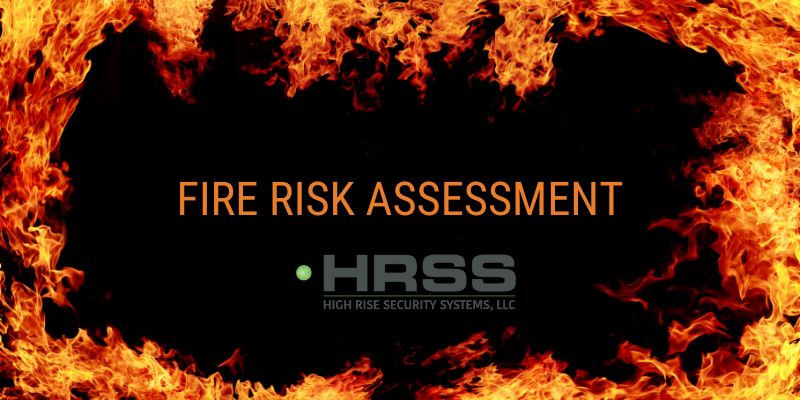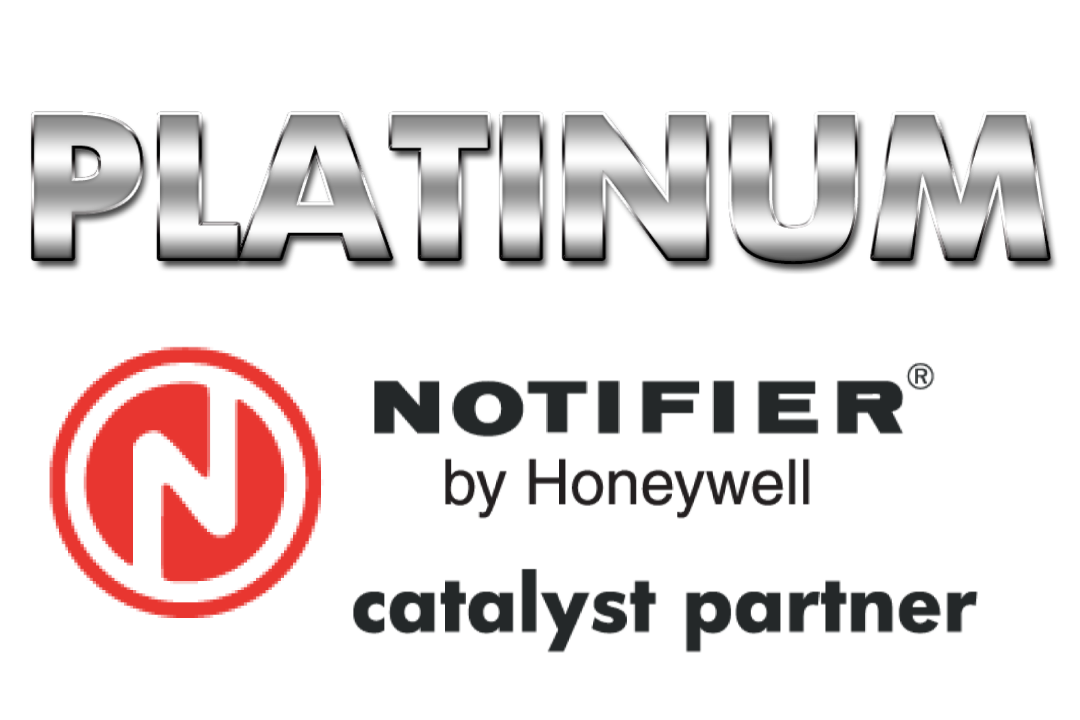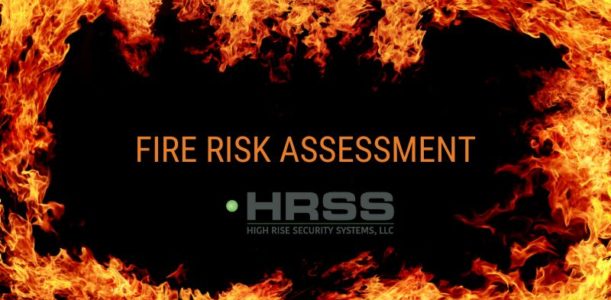
Get A Quote
Guidelines for Conducting a Fire Risk Assessment
Fire risk assessments should be reviewed annually, with a new assessment conducted at least every five years. A new assessment should be conducted if the purpose of the building has changed substantially or if the layout and structure have changed since the last assessment. A change in the number of occupants or location of occupants are also reasons for a new assessment. All identified risks should be prioritized to reduce the greatest risks first before addressing ongoing maintenance types of recommendations.
Fire safety professionals will have knowledge of all applicable standards and fire safety code requirements such as NFPA 70E, the Standard for Electrical Safety Requirements for Employee Workplaces issued by the National Fire Protection Association. NFPA 70E is the standard that contains recommendations for workplace electrical safety to protect employees from electrical hazards such as arc blasts, shock, outside conductors, explosions initiated by electricity, and other electrical hazards.
NFPA70E requires that a fire risk assessment procedure is developed and performed as part of an electrical safety program (ESP). The procedure for risk assessment must include:
- Identifying all fire hazards, including electrical hazards, equipment failure potential, and dangerous conditions that could result in arc blasts, electric shock, flash burn, or thermal burn.
- Assessing the risks of each hazard, including human behavior, which is among the leading causes of injury. Assessing risks includes knowledge of required tools, location of tasks, employee skill level, and proper work instructions.
- Implementing action plans and risk controls, including conducting a risk assessment on new equipment prior to installation and retroactively on all existing equipment to increase worker safety.
A fire risk assessment includes performing numerous tasks related to the building, property, and equipment.
Fire Risk Assessment Checklist
Several risk factors should be taken into account during a fire risk assessment, with the amount of detail depending on the complexity of the building. Some of the most common fire risk factors to assess include:
- The layout, usage, and construction of the building
- The number of occupants, including vulnerable occupants
- The proper type and location of fire extinguishers and inspection maintenance records
- Fire suppression equipment such as sprinkler systems are properly installed and maintained
- Emergency lighting should be installed and working properly
- Electrical equipment that could pose as a source of ignition
- Any installed portable heating devices that could be a potential source of fire
- Any history of fire loss on the property
- Smoking policies and any identified smoking areas
- Cleanliness and housekeeping procedures, including clear exit paths and escape routes
- Storage of dangerous, flammable, or combustible materials and liquids
- Fire safety and warning signs should be in proper locations for employee communication
- Protection plan against fires caused by lightning
- Adequate notification devices are in the proper place to sound a fire alarm if needed
- Documentation of fire safety training and evacuation drills
- Identification of the building’s fire safety individual
- Proper documentation and records for all commercial fire alarm system testing procedures and maintenance
These are just some of the tasks that should be performed during a fire risk assessment to ensure that the building is protected against common fire risks with a plan of action to correct any risk factors. High Rise Security Systems, HRSS, with SMG Security Holdings, SMG is a leading commercial fire alarm and life safety system professional, offering site evaluations and fire risk assessment services.
HRSS/SMG is recognized as an industry-leading fire, life safety, and security provider to a wide range of businesses in and around the Chicago area. We offer extensive, in-depth knowledge of all code regulations and go above and beyond code compliance to provide maximum safety and loss prevention for customers. Contact us to learn more about prioritizing your building safety with a fire risk assessment.



